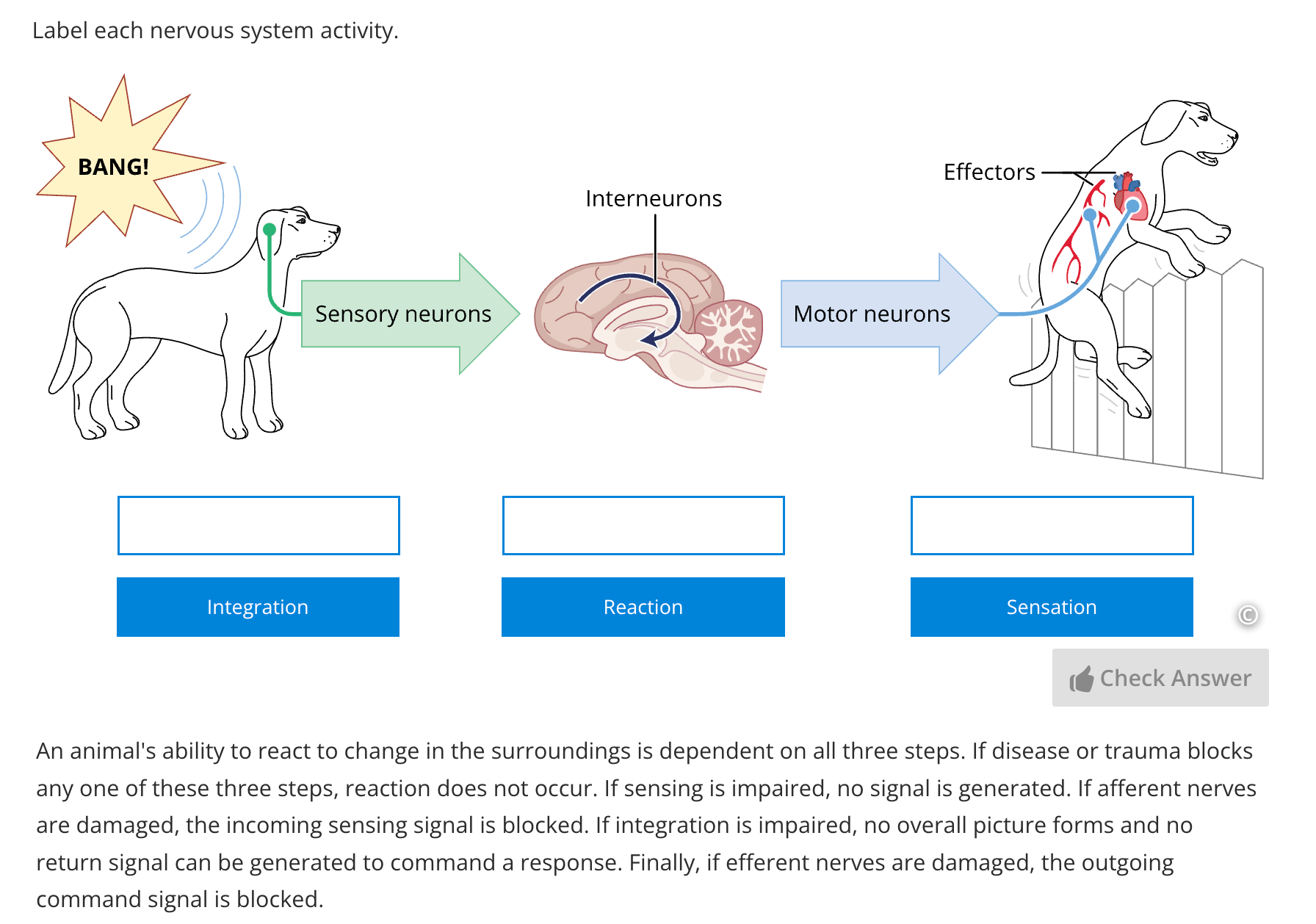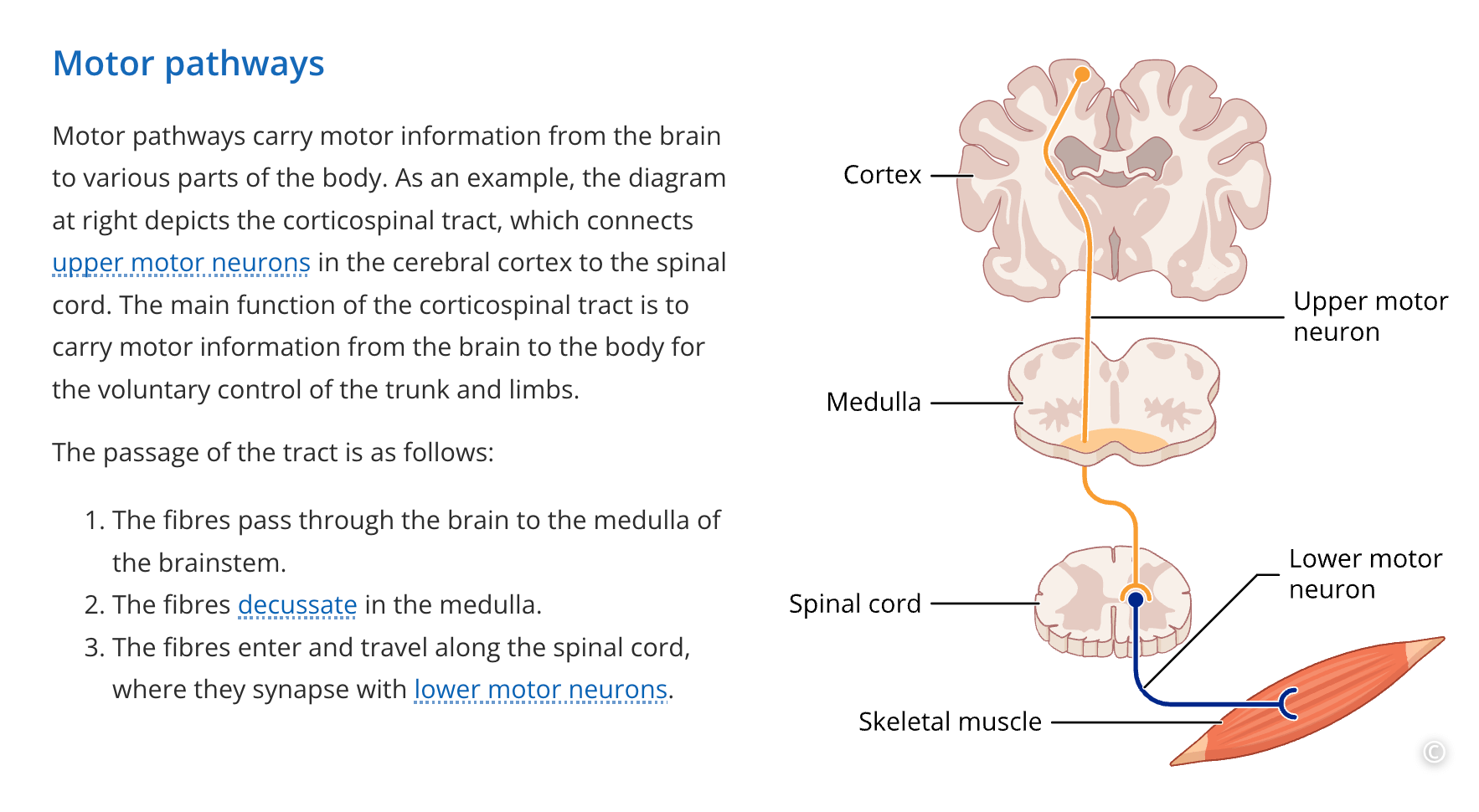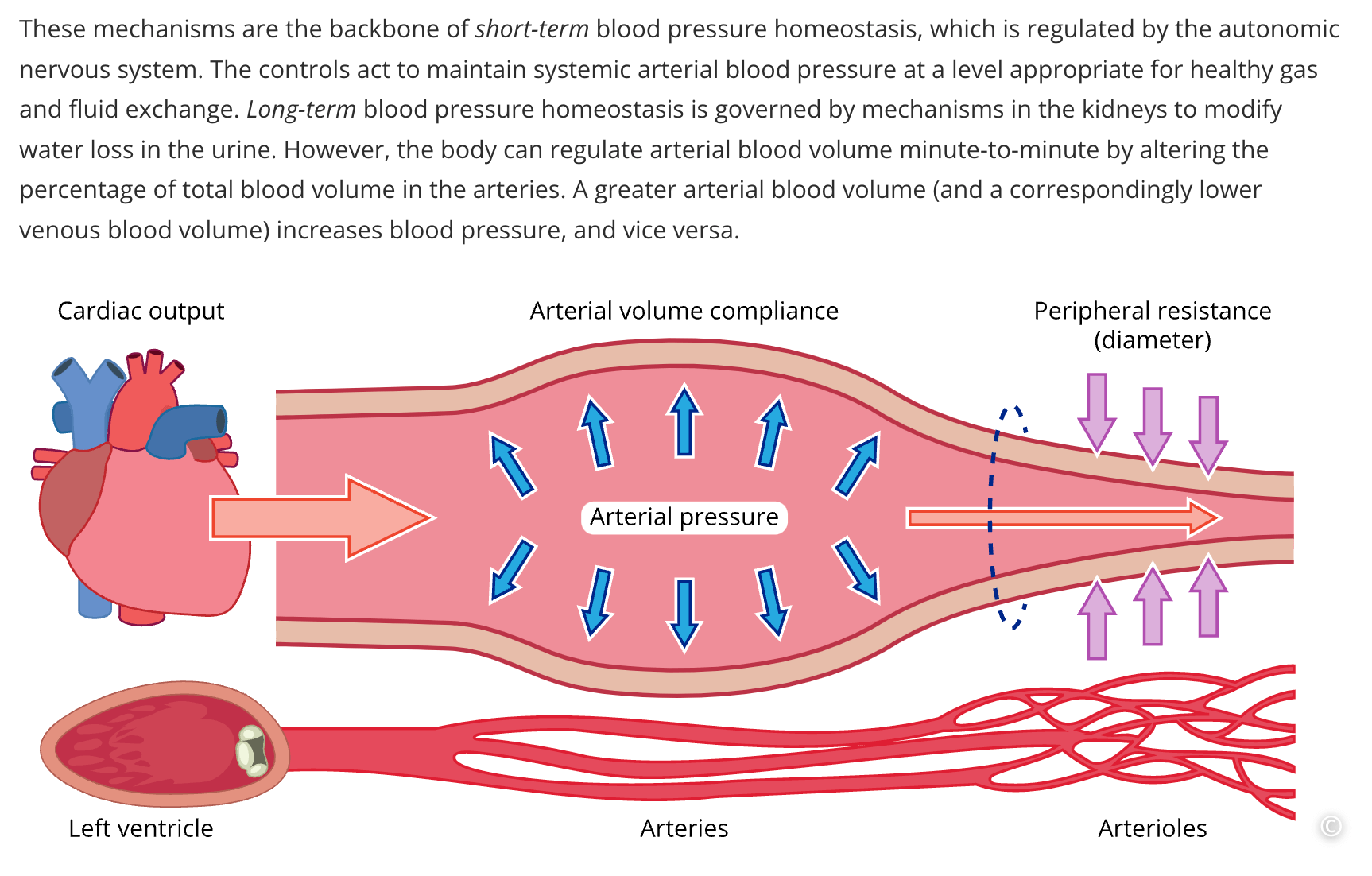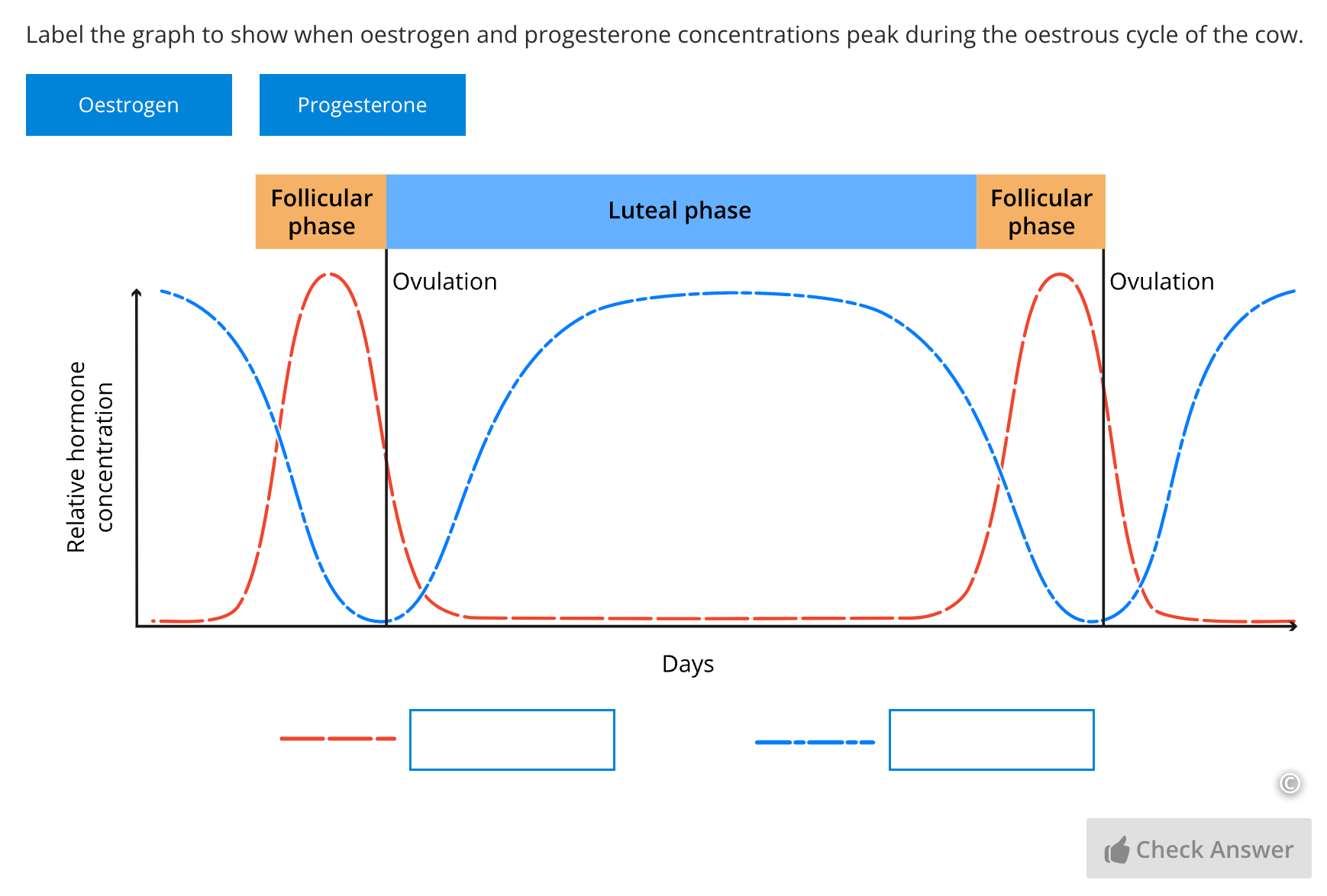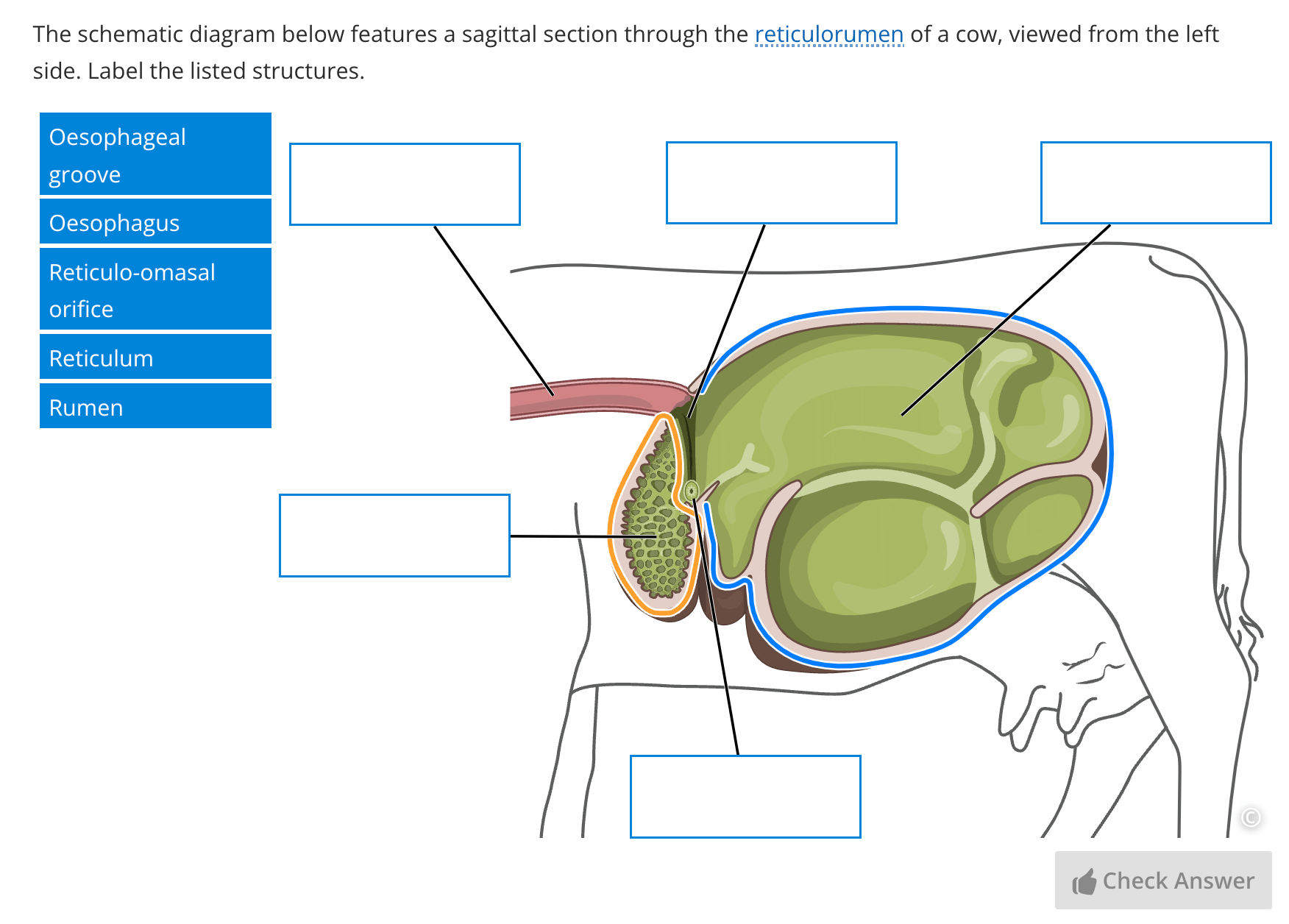Use veterinary physiology lessons online to teach across key body systems, including nervous, cardiovascular, reproductive, endocrine, and more. Developed in association with Massey University.
It’s important that your veterinary students engage with and understand key physiology concepts - but as an educator, your time is increasingly taken up with lesson planning, grading, research, and admin.
You’re always busy, and you often have to spend your valuable time building your own course resources from scratch.
If you’re teaching into one animal science course as part of a wider team, then it’s even more difficult to know whether students are developing a comprehensive understanding of physiology.
To make teaching the veterinary curriculum easier, we partnered with Nicola Smith, an Associate Professor in Veterinary Science at Massey University, to build an interactive veterinary physiology curriculum.
Drawing on Nicola’s expertise, these 60 ready-to-use veterinary physiology lessons address key body systems and have a clinical focus, meaning that you can save time while teaching and effectively prepare your students for veterinary practice.
Creating the Lt Veterinary Physiology Collection: Who is Nicola?
Nicola is an award-winning educator at Massey University, New Zealand, with a passion for supporting the next generation of vets.

Previously working in general practice, she is currently an Associate Professor in Veterinary Science. She teaches integrative studies to undergraduate veterinary students at Massey’s School of Veterinary Science, which is highly-ranked and widely accredited
We asked Nicola why she created the Lt Veterinary Physiology Collection:

"I created the collection because I couldn’t find a resource for my physiology course that was fit for purpose – in other words, something with a consistent approach that was concise, clinically relevant and engaging, and that provided flexibility for both students and staff. " - Nicola Smith, Associate Professor in Veterinary Science, Massey University
An interactive learning resource tailor-made for veterinary students
In developing the Veterinary Physiology Collection, Nicola set out to create a comprehensive online resource specifically for veterinary education - something that she was previously unable to find for her own courses.
To ensure that the lessons contain the right content and level of detail for undergraduate veterinary physiology students, Nicola worked with her colleagues to review and revise the lessons until they were targeted to the undergraduate vet science curriculum. These colleagues included:
- 3 registered specialists in veterinary neurology, equine medicine, and veterinary theriogenology (animal reproduction)
- 4 lecturers in veterinary education with varying postgraduate qualifications and experience, including in zoo medicine, small animal emergency and critical care, mixed species practice, and equine practice
The resulting collection is wide-ranging, with relevant body systems addressed across 12 modules:
| 1 | Introductory Concepts |
| 2 | Communication |
| 3 | Musculoskeletal System |
| 4 | Nervous System |
| 5 | Somatic and Special Senses |
| 6 | Cardiovascular System |
| 7 | Lymphatic and Immune Systems |
| 8 | Respiratory System |
| 9 | Digestive System |
| 10 | Metabolism and Endocrine Control |
| 11 | Urinary System and Fluid Balance |
| 12 | Reproductive System |
Importantly, you can stay flexible and supplement your curriculum by picking and choosing from the 60 lessons in these modules. These veterinary physiology lessons are fully editable - so unlike a veterinary science textbook, you’re able to customize the resource to suit your needs.
Engage students in active learning with interactive questions
Veterinary students are in a professional degree program, so they need to retain the information that they are learning about the animal sciences and be prepared to apply it in practice.
To make sure students are engaging in active learning and developing a strong understanding of physiological function, these lessons require students to answer interactive questions, which range from multiple choice, to written answer, to labelling and annotating images.
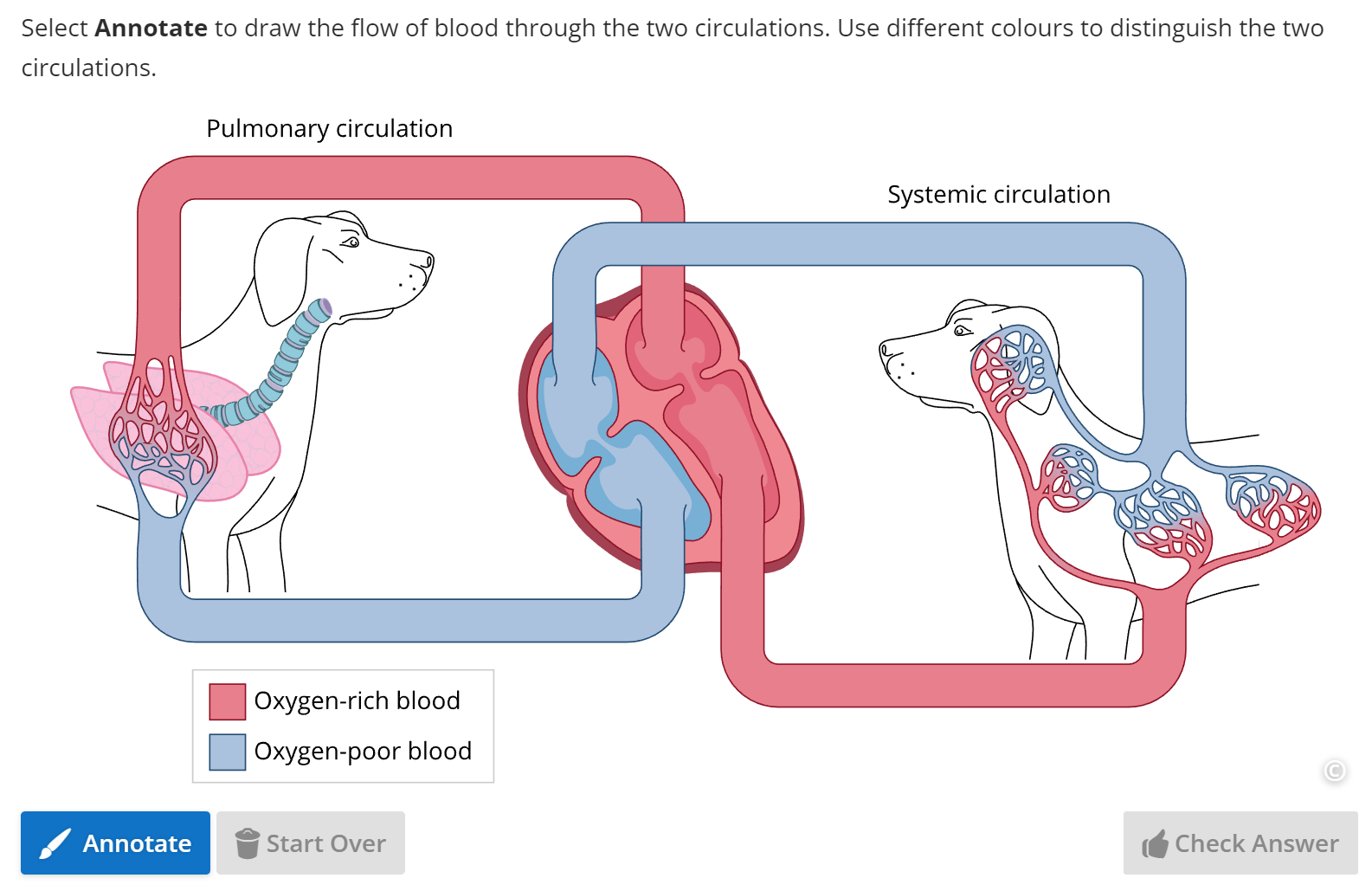
An example of an annotation question in which students have to draw the flow of blood through two circulations.
These interactive questions come complete with instant feedback, meaning that students can check their understanding and revise their answers without waiting for you, the educator.
Many questions can be automatically graded, so students can gauge their own understanding and you can save time during the course. You can also monitor student progress by checking which questions students consistently answer wrong, and targeting your teaching to these areas of difficulty.
Make sure students develop the right knowledge with clear learning objectives
Lessons in this animal science course have been designed so that upon completion, students will be able to achieve specific learning objectives. These learning objectives are outlined at the beginning of the lesson, alongside key study tips.
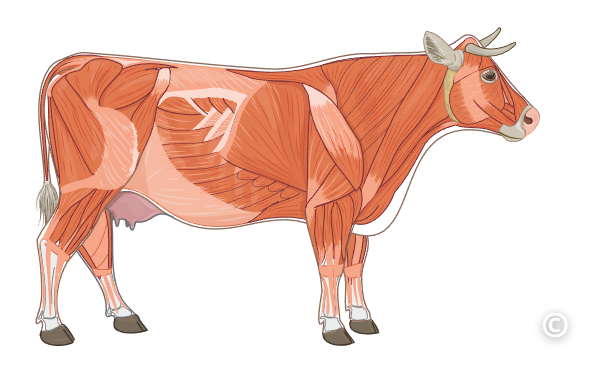
For example, in the Musculoskeletal System module, the lesson “Overview of Muscles” requires students to:
- List the main functions of muscle tissue
- Compare and contrast skeletal, smooth, and cardiac muscle
…while the “CNS Structure and Function” lesson in the “Nervous System” module requires students to:
- Describe the structures and functions of the major regions of the central nervous system:
- Cerebrum
- Cerebellum
- Diencephalon
- Brainstem
- Spinal cord
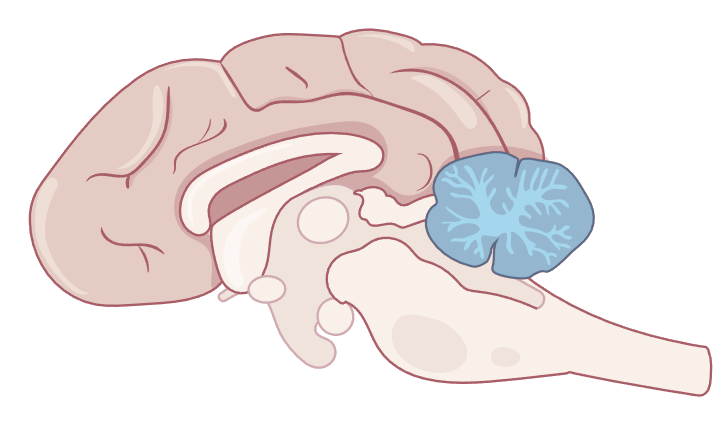
Teach with diagrams and illustrations designs specifically for animal physiology
We know that animal-specific imagery can be difficult or expensive to source, so our in-house medical illustrator has made sure that images in the Veterinary Physiology Collection are:
- Animal-specific
- Accurate and relevant
- Drawn in one consistent, easy-to-interpret style
You don’t need to worry about using images of human tissue to try and illustrate animal physiology concepts, or try and match images from the internet or textbooks to your animal science curriculum. We have you covered!
Consistent teaching approach for integrated learning
The veterinary curriculum is often taught by multiple educators.
If students are learning information in a fragmented way, across modules of a course that might be taught by many different educators, they are less likely to gain a comprehensive understanding of physiology and how the different body systems work together.
For example, if two different educators are teaching into the same veterinary course - are they using the same teaching style, jargon, and phrasing when discussing body systems?
Most likely not. Therefore, it’s important that students are taught in a consistent way so that they can better identify parallel concepts between body systems and integrate their knowledge.
Preparing students for clinical practice
Given her experience as a working vet, it is important to Nicola that veterinary students are exposed to the complexities of clinical practice.
The Lt Veterinary Physiology Collection contains 11 animal case studies. These case studies promote problem-solving skills, and highlight the physiological variation students will encounter when they begin to practice in the clinic.
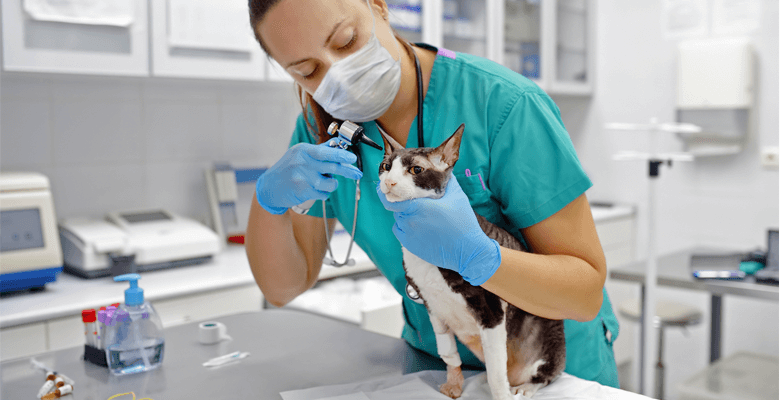
A vet examines the ear of a cat in a clinical setting.
Each case study focuses on an animal with a certain condition. As students work through the lessons, they are asked to relate new physiological concepts back to the animal case study.
The case concludes toward the end of the module, where the original presentation is revisited, along with a summary of diagnoses, treatment, and outcomes. The final question at the end of the case discussion addresses what advice should be given to the animal's owners (often around management, care, or expectations of their animal).
Case studies: Sally, the terrier mix
Each animal’s medical story is different, so each case has different content to support your teaching. The animal case studies available in the Lt Veterinary Physiology Collection may include a range of clinical resources. For example, the case of Sally, the terrier mix, discusses a traumatic head injury, and includes X-rays to show a skull fracture.
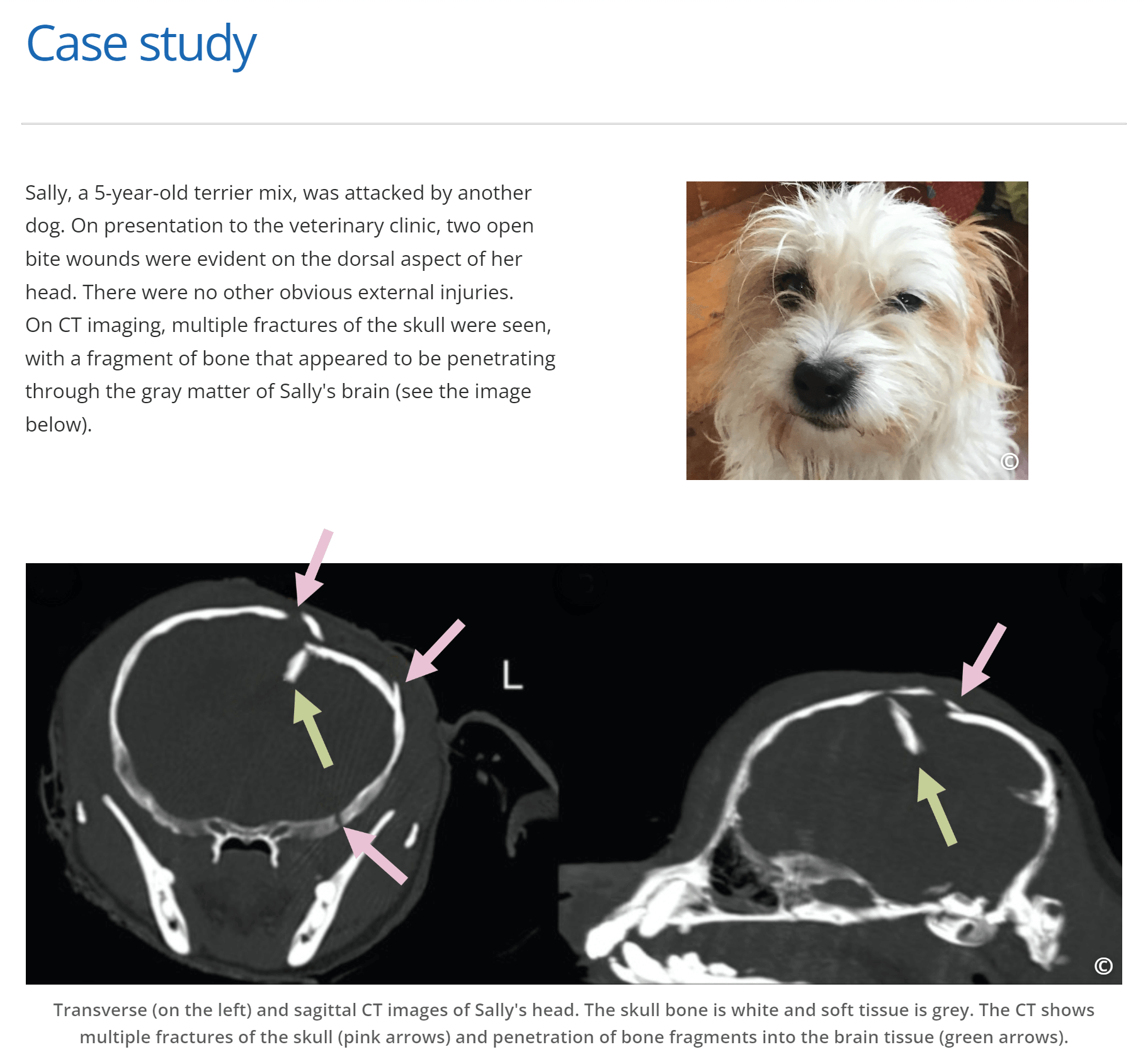
Students learn about the case of Sally the terrier mix, who has suffered multiple skull fractures and brain damage.
Let students learn anywhere
We know that veterinary students are busy and expected to take part in practical learning in the form of placements.
The flexible nature of Lt means that students can engage with your course anywhere and anytime they have an internet connection.
To make the lessons easy to slot into student’s schedules, they have been designed to be completed in 60 minutes or fewer.
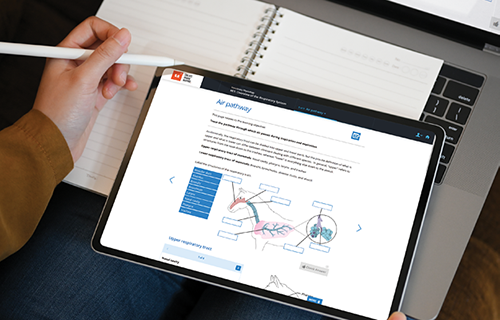
A student studies on a tablet using the Lt Veterinary Collection.
These features also benefit any learners who have personal, job, or cultural commitments that require a flexible study schedule, and even mean that you have peace of mind in the face of widespread disruption, as occurred during the COVID-19 pandemic.
Teach a blended course without fuss
Have you been considering a flipped classroom model? These online lessons can be provided to students outside of class time. This lets you spend your valuable face-to-face time with students on discussion and problem-solving, rather than content delivery - and is particularly useful when you want to engage students in hands-on work in class.
Provide opportunities to revise
Students can revisit the lessons you provide at any point during the semester, meaning that they can revise for their exams anywhere they have an internet connection.
Easily share resources with your colleagues
If you want to be generous and save your peers time too - especially in veterinary courses taught by mutiple faculty members - you can invite them to teach using Lt. Lessons are easily shareable within the platform, and you can all edit the lessons as you wish. Once chosen, you can simply keep using the lessons year-after-year.
How can I see inside the lessons?
Veterinary education, although exceedingly rewarding, can often result in educators being time-poor and dealing with teaching, research, and administrative tasks. Educators also suffer from a lack of ready-made resources for veterinary education that can be used off-the-shelf.
If you are interested in solving these problems and streamlining your teaching, you can see inside the Veterinary Physiology lessons here, or start your Lt journey with our free trial. If you have any questions about the Collection, please do contact us!

